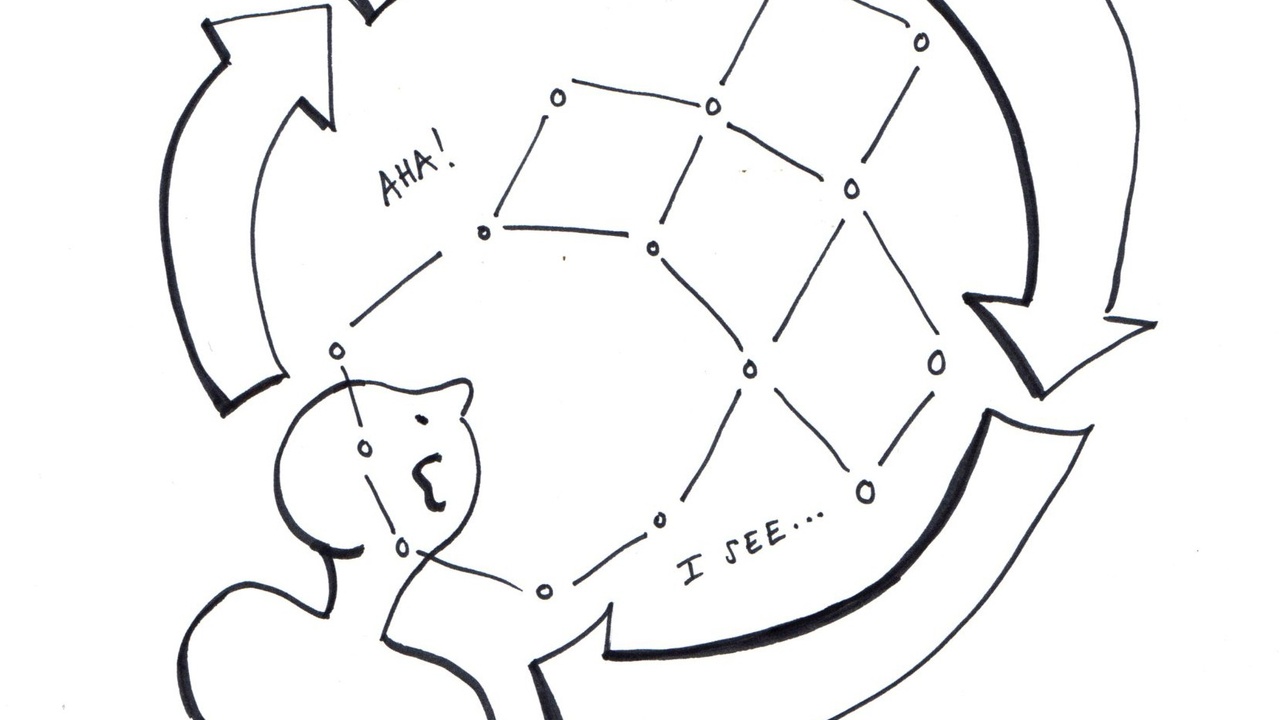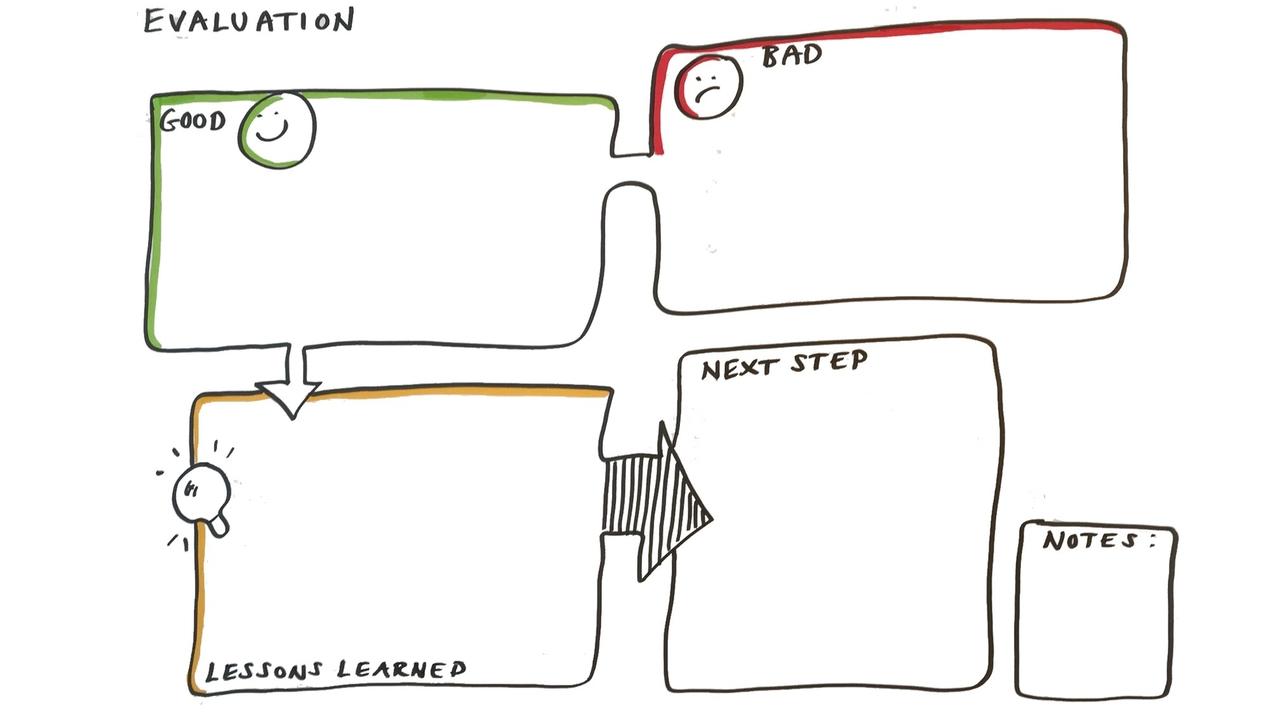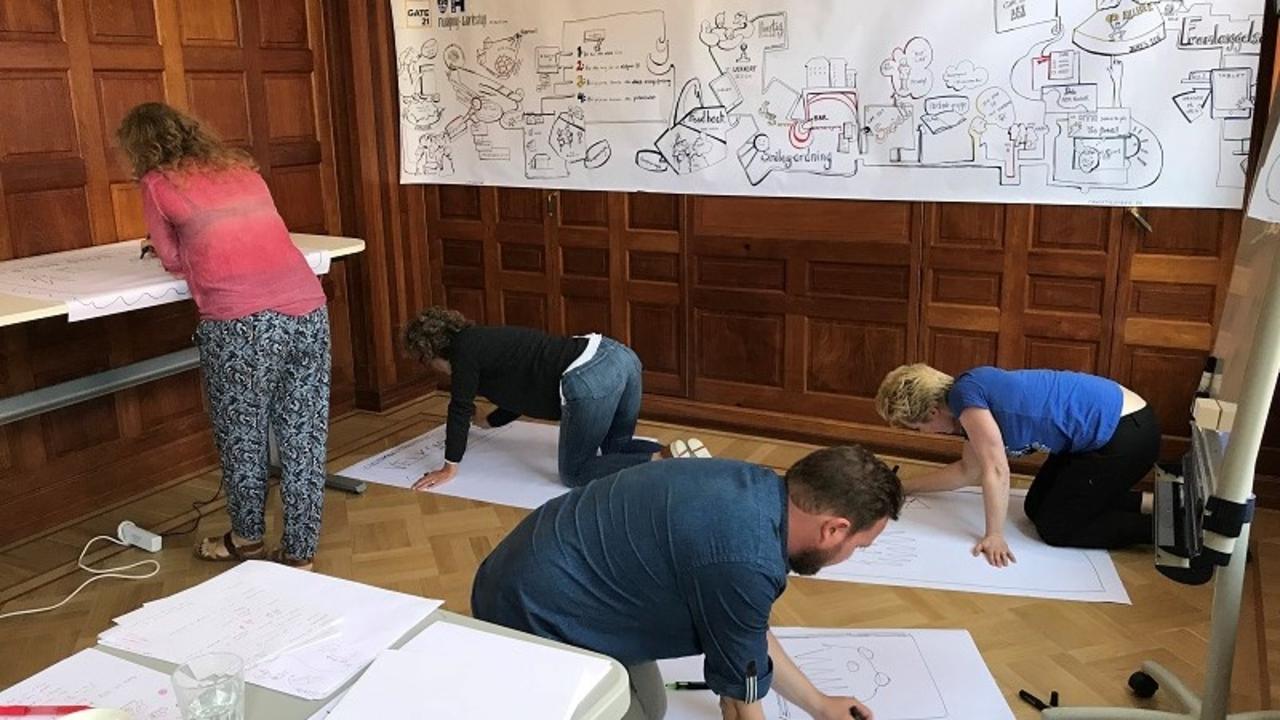Create new connections in your brain

Summertime is here and it´s time to relax and reflect a little bit: what has been working out nicly this year, so far and what can become even better?
I´ll give you some input on how you can use drawings, because I´m loving it so much myself. I really want as many people as possible to realize the amazing results you can gain when using drawings/ graphical facilitation in your work.
And it´s not only about results, it´s also about increasing the engagement in the companies around the country.
Our brain is born to understand connections in things through structures and doodles, which obviously gives us a great chance to use actively when communicating.
And: when people are exposed to drawings and words combined in new and surprising ways, their brain creates new connections.
In 1949 Donald Hebb described this phenomena as “the Association Act” and it is central when we need to explain what happens to the brain during learning: "Neurons that fire together, wire together" – so we ca...
Selfmade captivity...

For every person there is a worldview, a story, a way of looking at the world.
My world is build up around images: I see the world as structures, shapes, formations, color-combinations – which is very effective in communication because our brain loves exactly that.
You may see the world in numbers…
In words…
In graphs….
Regardless of how you see the world you can easily learn some simple visual tools that will have a great impact on your work-life, for example in meeting situations. This template can be used to evaluate a meeting, a process or a project.
When you need to make sure that your meetings are effective it works when using drawings: with no pictures our brain remembers approximately 5% of what is said. Add pictures and the number raises to 50%!!
So go ahead! Through yourself into it. Copy this template and present it on a meeting: Your coworkers will respect you for it!
What does this look like?

What do you see here? In my eyes what you see is pure dedication! The photo is from my open course in graphical facilitation.
“I really feel like using drawings in my work again! It has been an amazing course!” These words come from a participant at the end of the day-course. What a feedback. I must say a huge plie of drawings were produced on all spare spot in the room: tables, the floor, walls and window sills!
I have got some great news for you: everybody can learn to draw! YES, you as well!
And you can use the visual tools to create a higher level of engagement on your meetings, workshops, etc.
How?
Because drawings support the process of learning.
Because drawings make the points stand out clearly.
Because drawings create meaning and relates to the topics.


